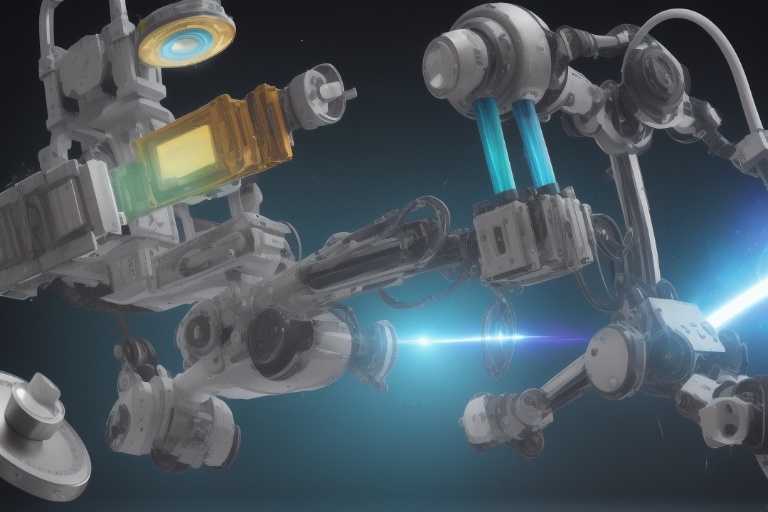The rapid expansion of the global population, which has doubled since 1974, presents a herculean task of feeding 8 billion individuals and growing. To tackle this monumental challenge, the agricultural sector is increasingly adopting artificial intelligence (AI) as a means to boost food production, trim waste, and diminish environmental impact.
The rapid expansion of the global population, which has doubled since 1974, presents a herculean task of feeding 8 billion individuals and growing. To tackle this monumental challenge, the agricultural sector is increasingly adopting artificial intelligence (AI) as a means to boost food production, trim waste, and diminish environmental impact.
The Imperative Role of AI in Modern Agriculture
In the face of climate change, which exerts significant pressure on agricultural resources, farmers are under the gun to ramp up food output, working against constraints in energy and water supply. Such a production boost must also be sustainable and eco-friendly. Every year, devastating losses, up to 40% of total crop yields, are attributed to pest damage, underscoring the urgency to innovate and protect crops efficiently.
Addressing Labor Shortages with Technological Innovation
Additionally, urbanization trends, immigration issues, and a diminishing interest in agriculture have spawned a labor shortage on a global scale. This scarcity of hands on deck catalyzes the need for breakthroughs in technology to fill the gap. Enter the autonomous farming sector, which counts an impressive roster of approximately 200 AI-driven agricultural startups within the U.S. alone. These startups are on the frontier of transforming agricultural practices through smart technology, harnessing AI to enhance farm productivity and management.
Automation Taking the Wheel
Among such technological leaps are autonomous tractors and combine harvesters. These marvels of machinery simplify and streamline tasks historically demanding substantial human labor. They are complemented by swarms of robots that meticulously inspect crop health, along with innovative autonomous sprayers that administer herbicides with precision, reducing chemical usage and environmental harm.
The Rise of AI-Infused Indoor Farming
The surge in indoor farming firms, including names like Plenty and AppHarvest, marks another significant stride. By integrating AI with computer vision systems, these companies gather vital data on crops to establish ideal growth environments. They are equipped to dissect variables such as light, nutrition, and water levels, empowering farmers to tweak conditions and optimize the taste and nutritional worth of their produce. Harvesting duties are increasingly entrusted to robotics, further reducing the dependency on human labor.
AI's Impact on Reducing Food Waste
Food waste constitutes a critical issue; the United Nations pegs the global food production waste at a staggering 17%. AI asserts itself as a pivotal tool in curtailing such wastage by refining production methodologies and securing a more effective distribution network. It allows for the comprehensive capture and study of diverse data types, ensuring an unceasing cycle of monitoring, AI learning, and improvements. Such measures unequivocally sharpen decision-making, promote productivity, and stanch waste.
In summary, AI acts as a linchpin in the agricultural industry's evolution, empowering it to keep pace with growing demands and ecological shifts. The swift adoption of AI not only arms organizations with a competitive edge but also equips them to adapt proactively to changing environmental dynamics. As AI technology forges ahead, the prospects for agriculture are promising, demonstrating a robust readiness to surmount future challenges and guarantee food security for a burgeoning global populace.
Information for this article was gathered from the following source.

